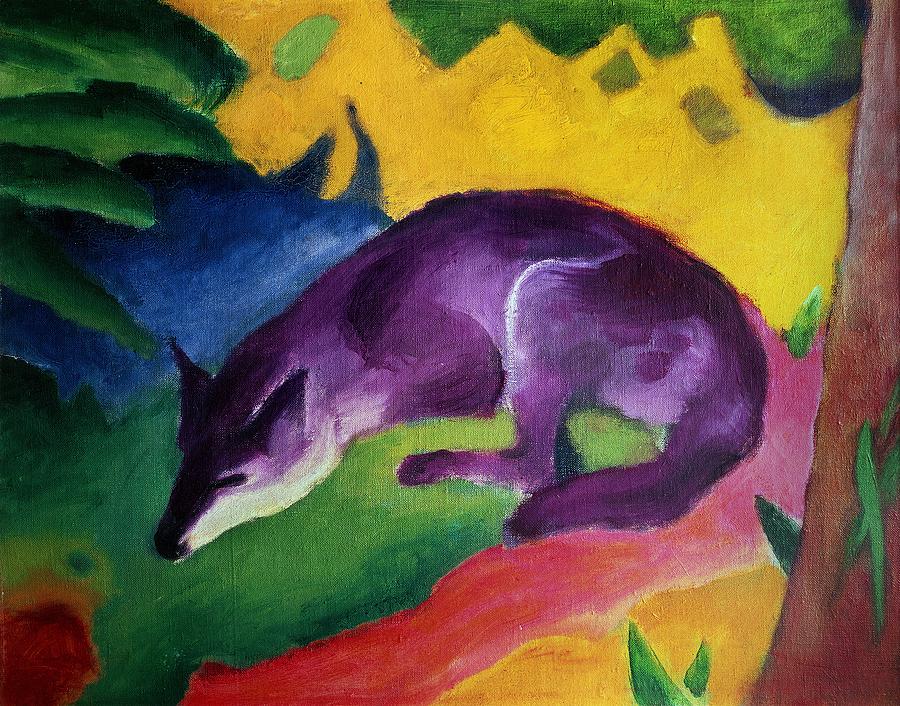Franz Marc

While exploring the Expressionist movement and the colours that were beginning to show in their paintings I noticed the shape of a large Yellow animal in a striking curved yet fragmented position.
The gaze of the tiger was enough to peak my interest. Much to my delight I discovered an artist that chose to capture a subject matter that set them apart from many other painters of the time. This artist was able to breath character and emotive expression into his depictions of a myriad of animals
Franz Moritz Wilhelm Marc, the German painter boldly explored painting as he progressed artistically. From Impressionist, to Expressionism, into Cubism and touches of Futurism before his life was unfortunately cut short like so many other talented artists.
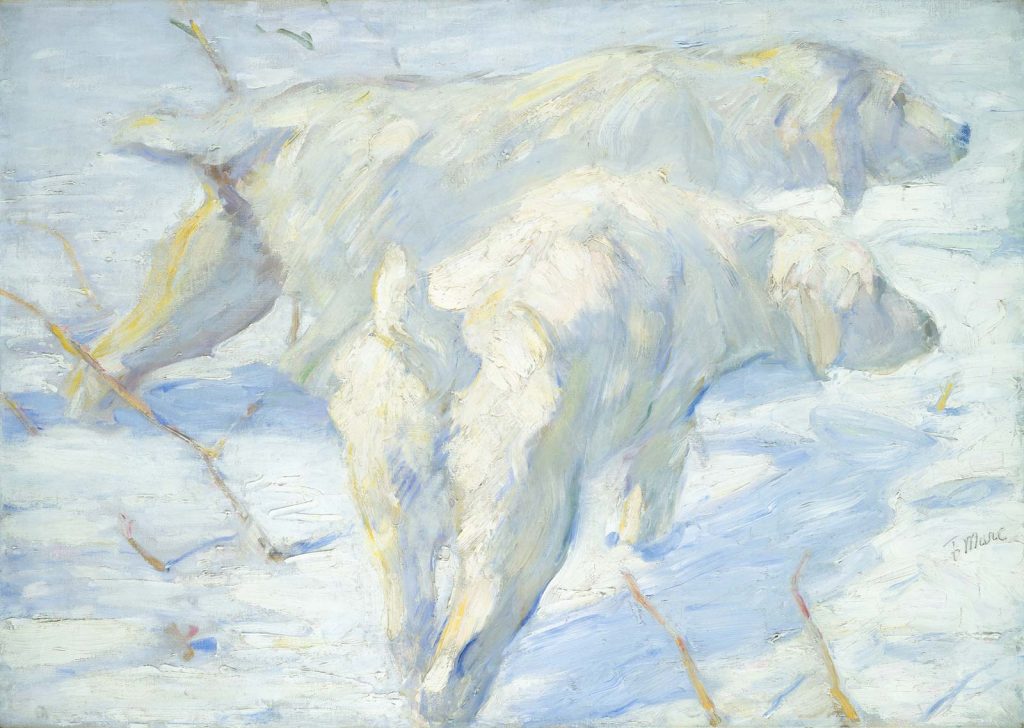
Painting Is In His Blood
Franz Marc was born in Munich in 1880 and began painting at an early age. His father was a professional landscape painter, and would often take the young Franz out for Plein Air sessions in the German countryside.
His mother was a devout Calvinist (A branch of the Protestant Church) and helped instill deep roots of spirituality in the blossoming painter.
The combination of a painter’s hand and an appreciation for an existence beyond our senses would allow Marc to capture miraculous scenes on canvas.
His excursions into the countryside continued through his life as he developed his keen eye at capturing light on shifting animals, the landscapes, and masterfully utilized shadows and colour.
He studied at the Academy of Fine Arts in Munich and after a few more years painting German subjects he made his way to Paris. 1903 is when his art would start the drastic shift from the Impressionist style into the progressive styles he would be exposed to.
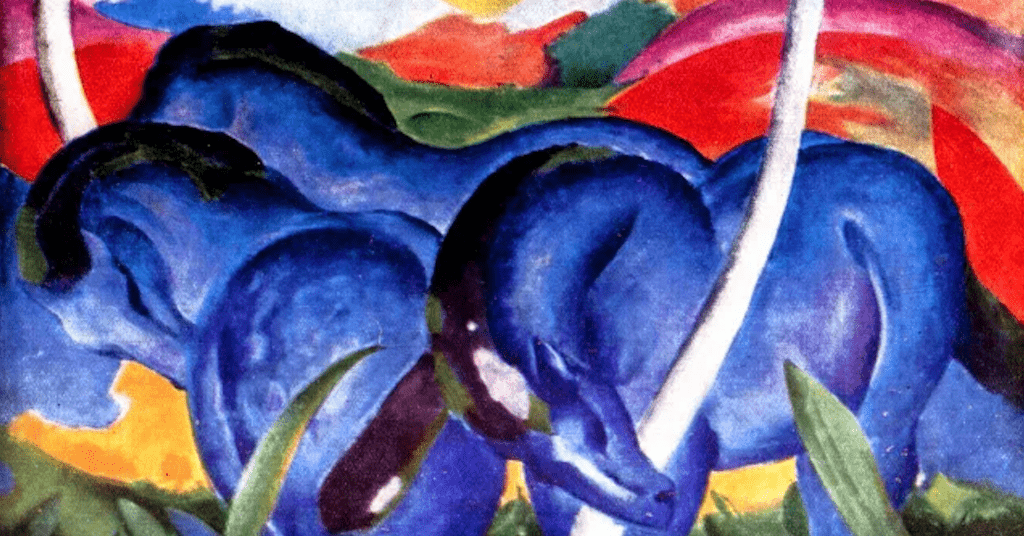
Get By With a Little Help From My Friends
In the artistic circles of Paris, Franz befriended August Macke and Wassily Kandinsky. Together they would begin to explore the emerging ideas of painting.
The colours of his emotions began to find homes on his canvases and the animals would come to life with saturated primary colours. The scenes became a cacophony of simple shapes and gradients, all while the animals still held their expressive characteristics that he so masterfully captured.
“I am trying to heighten my sense of the organic rhythm of all things, trying to empathize pantheistically with the shivering and coagulating of blood in nature, in trees, in animals, in the air … I see no happier means to the animalization of art than the animal painting.”
—Franz Marc, “Über das Tier in der Kunst,” translated in Vivian Endicott Barnett, ed., Franz Marc and August Macke 1909-1914 (Munich, London and New York, 2018), p. 48.
The painter’s skill had met with the mysticism he was embracing. In addition his friends began to introduce him to the concepts of Cubism and deconstructing his subjects. He took to this new approach with ease. And then began to dabble in the dynamic lines and directionality of the Futurism movement as well thanks to Kandinsky.
Marc felt that painting should lay bare the spirit of the subjects, no matter what they were. He believed that these unseen components of our physical world was the true essence beyond objective appearance.
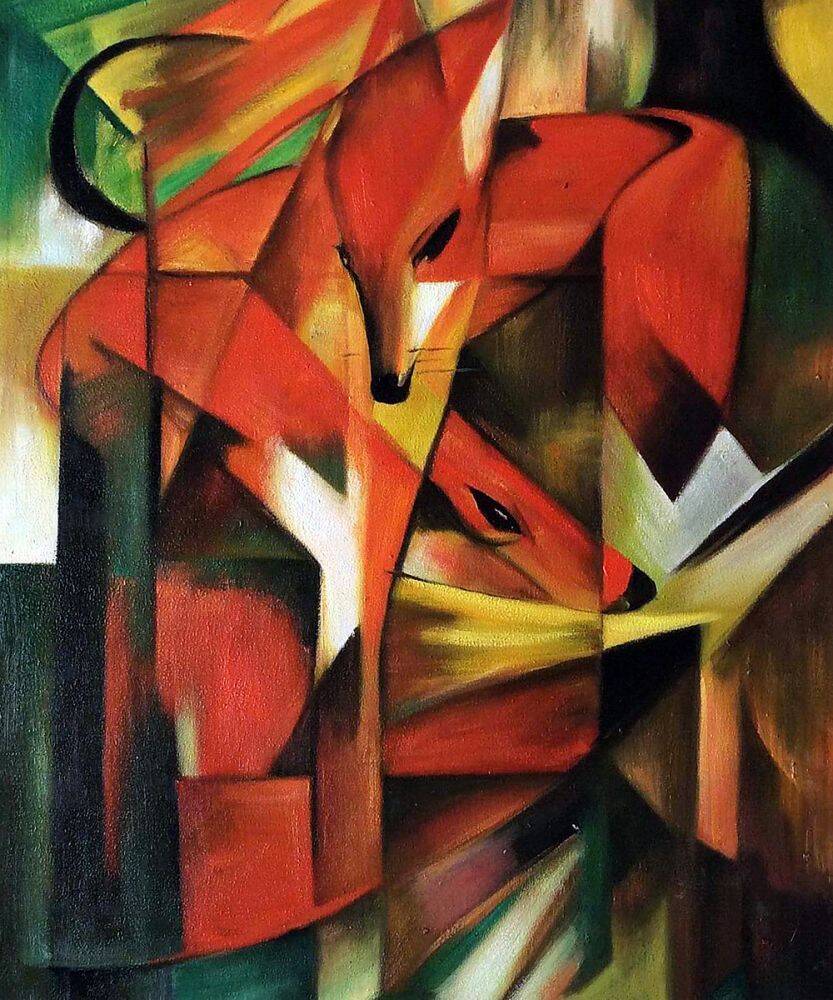
An Untimely End
These beautiful ideas that he and his closest friends were developing in art met an untimely end. With the beginning of World War 1 Franz was conscripted into the German Armed forces. Thankfully he was able to put his skills to good use painting artillery units and large tarps in camouflage that was reminiscent of his Impressionist beginnings.
He was not expected to serve on the front lines because of his skills, but eventually he got moved to the battlefield at Verdun where he was shot.
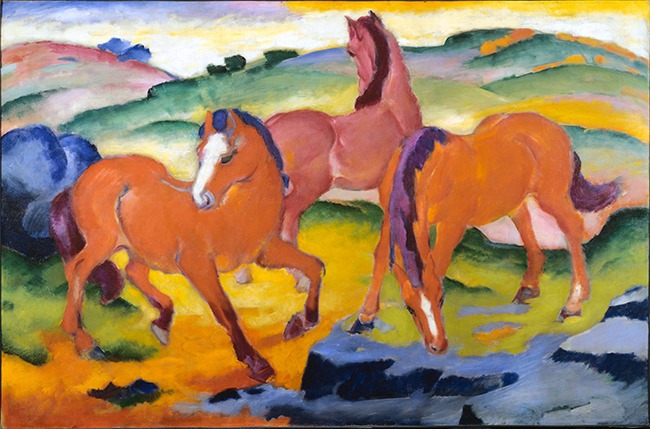
Enduring The Years
His distinct style thankfully survived trials and tribulations such as the Degenerate Art storm that swept his works from the walls of galleries all over Germany. These paintings would remain hidden for many years before resurfacing to captivate audiences such as myself.
I find his use of colour simple at first glance, although it certainly stands out amongst other paintings for the highly saturated colours. Regardless of whether he painted in Impressionistic, Expressionistic, or Cubist styles I enjoy the dynamic feels that emanate from his work.
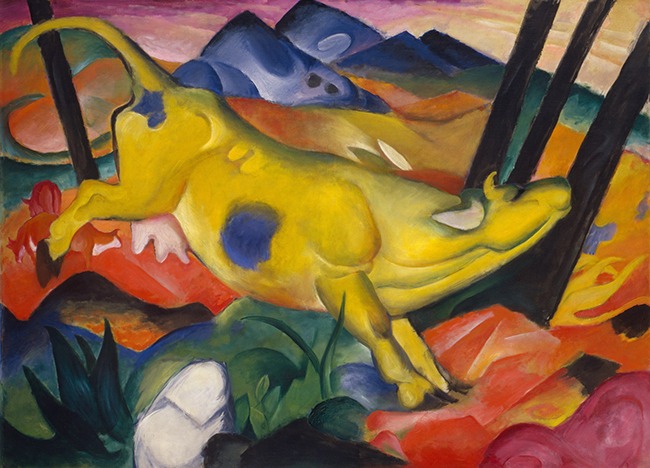
There is movement captured in an emotional way. Rather than attempting to capture these beautiful creatures in action; Marc was able to imbue his animals with life, emotion, and personality. Even if he showcased multiple of the same strangely coloured animals they each had something that made them distinct from one another, while also being interactive and often playful.
A master of colour and emotional expression on the canvas, it would have been a wonder to see his art progress beyond his untimely end.
